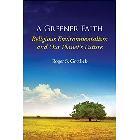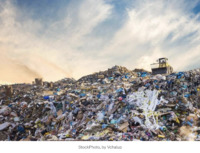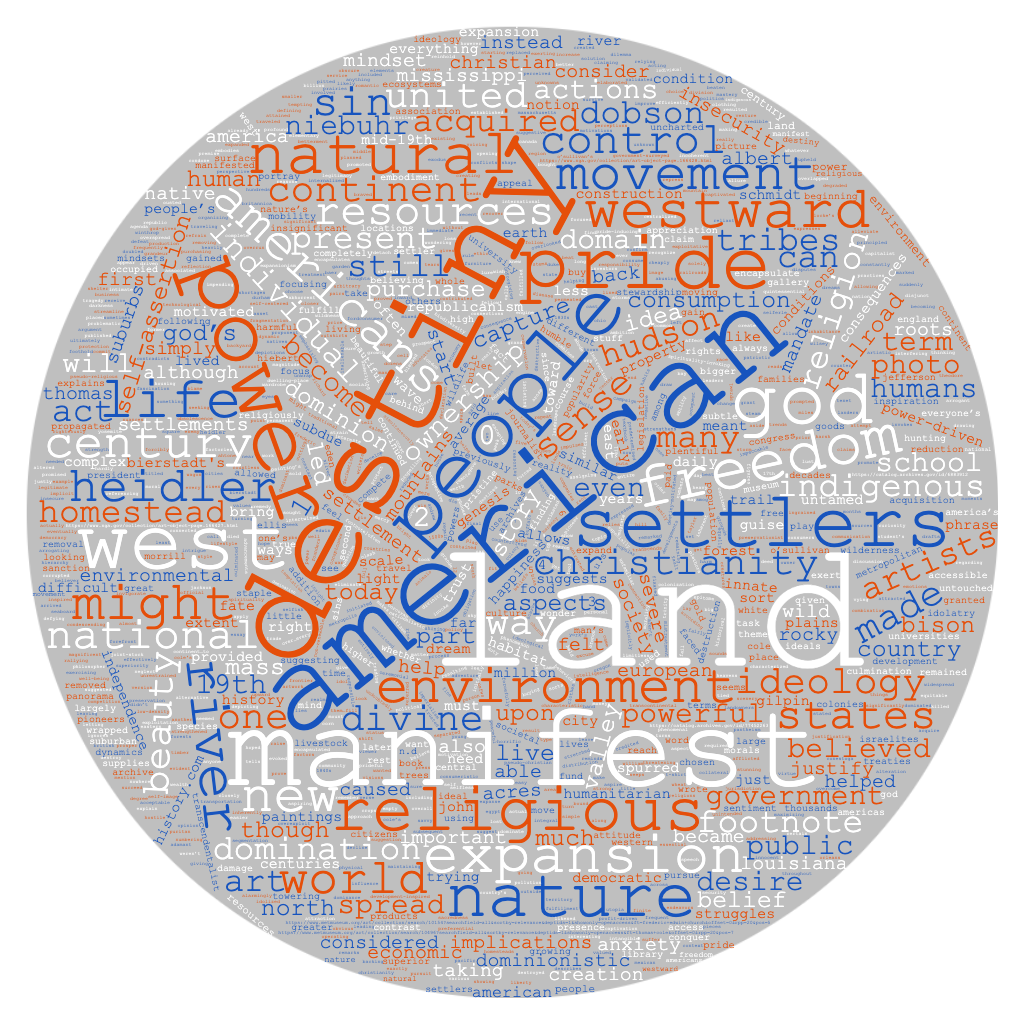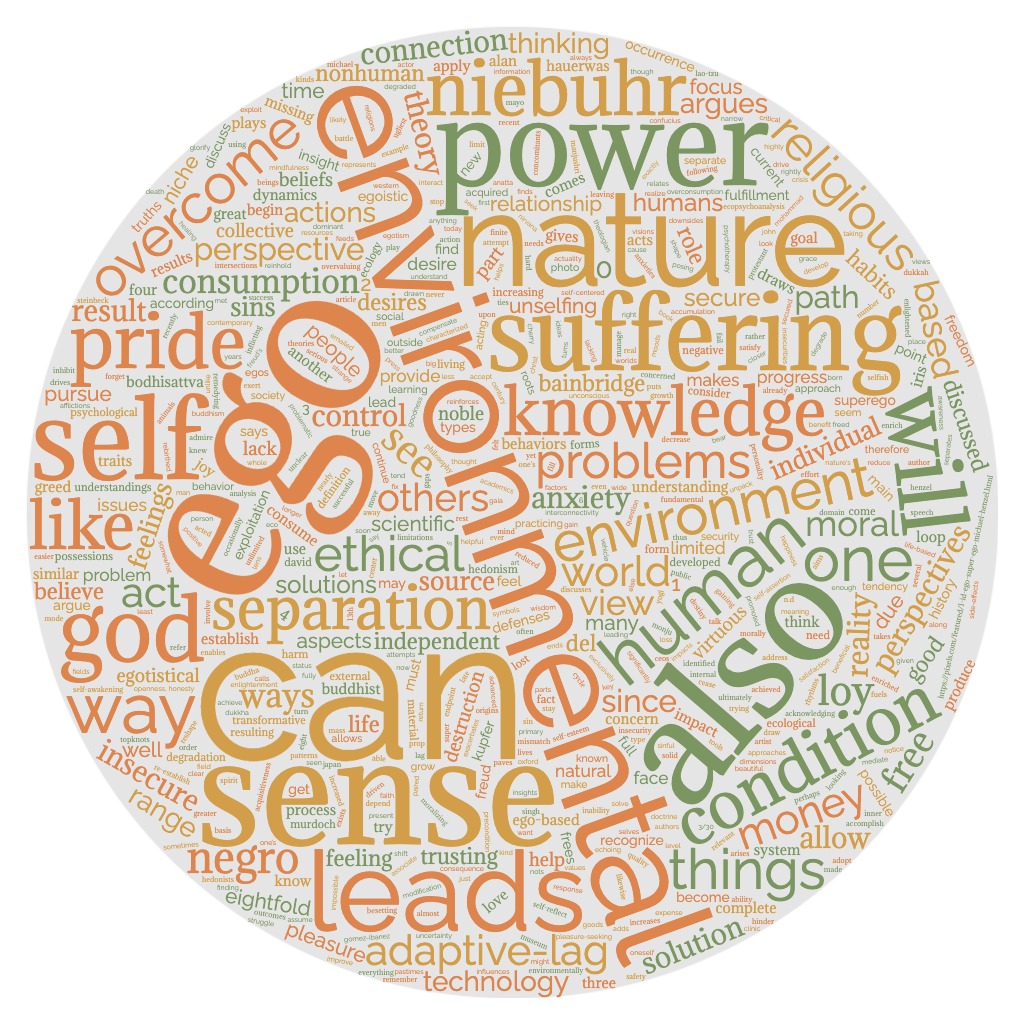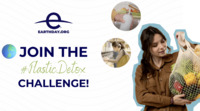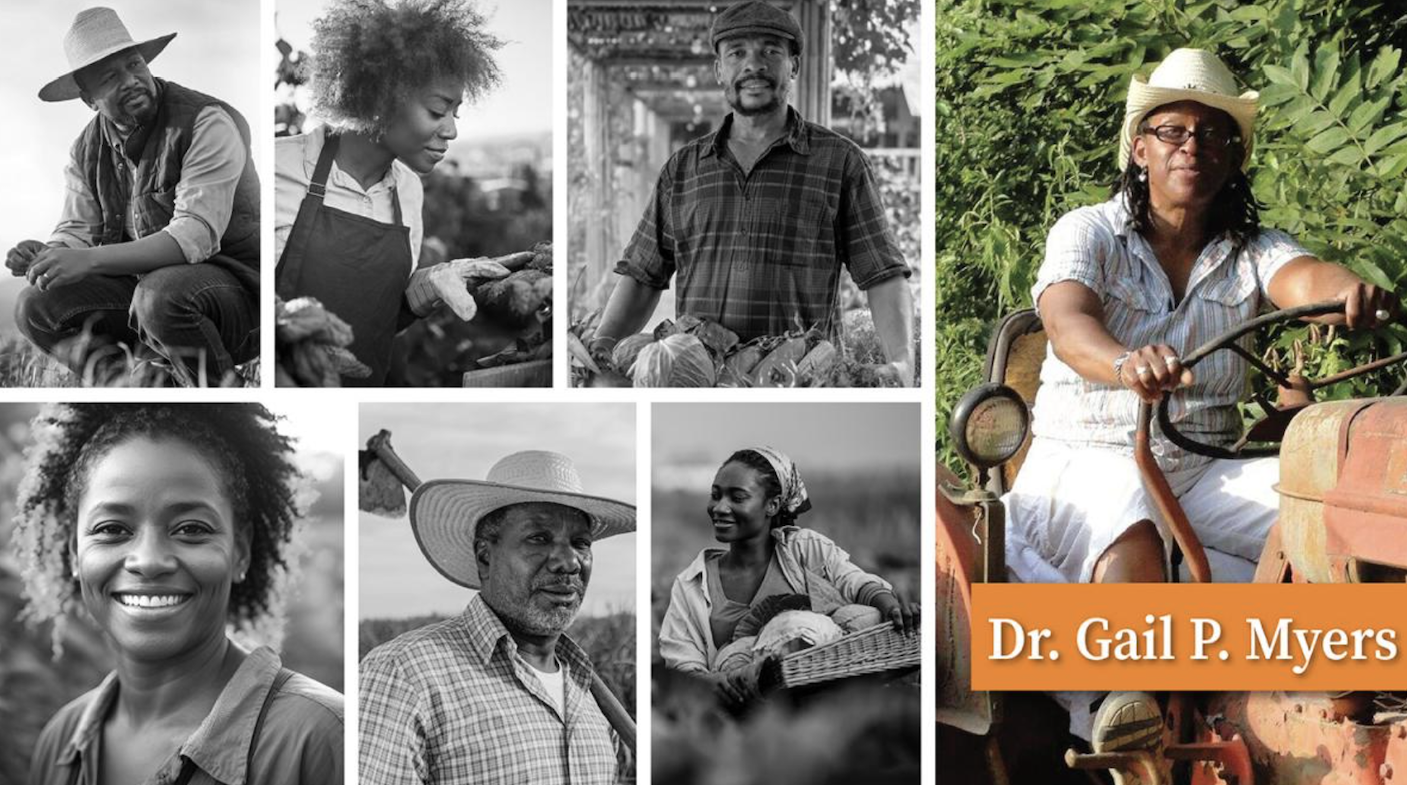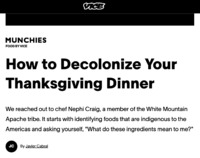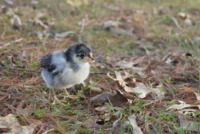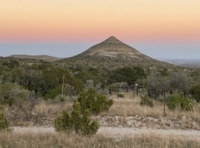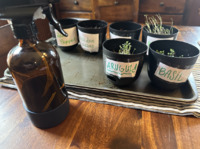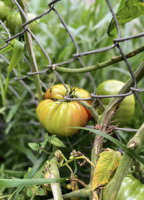Search
72 items
-
A Greener Faith: Religious Environmentalism and Our Planet's Future
Roger S. Gottlieb outlines principles of religious environmentalism and its implications for social and political issues. Gottlieb addresses issues of consumerism and fundamentalism while offering the perspective of religious environmentalism to guide how we should treat other beings. Through these discussions, Gottlieb proposes his dream for the future of our world. -
Environmental Sustainability in Islam
"Islamic beliefs, traditions and values provide an effective and comprehensive solution to the current environmental challenges faced by the human race. Islam has a rich tradition of highlighting the importance of environmental protection and conservation of natural resources. According to Islamic law, the basic elements of nature – land, water, fire, forest, and light – belong to all living things, not just human beings.
The Holy Qur’an and Sunnah are a guiding light to promote sustainable development in Islamic countries as well as around the world. Allah (Subhanahu Wa Ta’ala) commands human beings to avoid doing mischief and wasting resources as these acts cause degradation of the environment. The privilege to exploit natural resources was given to the mankind on a guardianship basis, which implies the right to use another person’s property on the promise that it will not be damaged or destroyed." -
Stop getting your modest clothes from fast fashion brands
"The hijab and modest fashion are not immune from the global mainstream shift to fast fashion. Ironically, in light of celebrating diversity and inclusivity, fast fashion businesses have created new niches for underserved audiences, including the Muslim community. Often these businesses outsource production to Muslim majority countries in the Global South. Here garment workers are exploited for less than a living wage..." -
Household Carbon Footprint Calculator
This interactive resource allows the user to input information on their housing situation and energy usage to calculate their estimated carbon footprint. It can show you where the most waste is and any possible ways to reduce the carbon footprint. -
Manifest Destiny: The American Dream or an Ecological Crisis?
This chapter from the student-written book "Emerging Perspectives on Religion and Environmental Values in America" explores the history of colonial expansion and the concept of manifest destiny in the US. It examines the environmental impacts as well as the religious motivations behind this course of action. Below is the first paragraph of the chapter to introduce the discussion.
"A quintessential part of the “American dream” is freedom. Whether it be freedom of religion, freedom of speech, or simply freedom to pursue one’s own dreams, Americans have always idolized the United States as a sort of utopia for individual freedom. 'Manifest destiny' is a mindset that embodies this belief. A staple term in every elementary, middle, and high school student’s American history textbook, it might be considered the epitome of what it meant to be American at the start of American imperialism. The idea of manifest destiny gained popularity in the mid-19th century and was built upon the notion of freedom. Advocates for manifest destiny believed that Americans were free, even bound by fate, to conquer the North American continent and expand the realm of democratic republicanism and Christianity. Under the guise of religious, political, and economic motivations, manifest destiny allowed Americans to pursue the 'American dream' and subdue the 'wild west.' The environmental and humanitarian implications of manifest destiny were frequently overlooked or not considered, resulting in ideology that still today seeps into our behaviors and perceptions regarding domination and superiority." -
The Consequences of the Ego and the Potential of Unselfing
This chapter from the student-written book “Emerging Perspectives on Religion and Environmental Values in America” explores consumption, human ego, and the relationship between these and our environment. It discusses human nature and how we interact with each other, technology, and nature. Below is the first paragraph of the chapter to introduce the discussion.
"Consumption is one of the favorite pastimes of our developed society, but it is also the source of many environmental problems. As technology has advanced, our society and economy have developed into one dependent on the mass consumption of things. Our habits of mass consumption have acted as a vehicle of destruction by increasing the amount of resources we use and waste we produce, leaving parts of our environment severely degraded. As a result, the people who have more and seem to be successful make more environmental impact, while the environmental consequences of their actions tend to be felt by the have nots. Our symbols of success that we prop up seem to be part of the problem as they have serious environmental downsides, and even though we recognize these downsides we continue to glorify consumptive habits that are destructive. But have you ever considered the roots of our need to consume?" -
#PlasticDetox Social Media Challenge
"Join the EARTHDAY.ORG #PlasticDetox challenge and reduce your plastic use! Take small steps to avoid single-use plastics like bags, straws, bottles, and packaging. Share your eco-friendly swaps and inspire others to join the movement on social media using #PlasticDetox.
The challenge not only focuses on individual actions but also encourages participants to spread awareness and inspire others to join the movement. By collectively engaging in the EARTHDAY.ORG #PlasticDetox challenge, participants will create a ripple effect and encourage a wider shift towards a plastic-free lifestyle. Together, we can make a big impact for a plastic-free future!" -
EPN Breakfast: Recognition of historical injustices in agriculture and the importance of environmental experiences for racial healing
"This program, on the 8th annual National Day of Racial Healing, addresses land access and explores the human connection to the environment through farming, gardening and other active outdoor activities and the ability for agricultural experiences and acknowledgement of historical injustices to serve as healing towards racial equity. The National Day of Racial Healing, part of the W.K. Kellogg Foundation’s Truth, Racial, Healing & Transformation efforts, is a time to contemplate our shared values and create the blueprint together for #HowWeHeal from the effects of racism. Launched on Jan. 17, 2017, National Day of Racial Healing is an opportunity to bring ALL people together in their common humanity and inspire collective action to create a more just and equitable world."
1/16/2024, 7:15-9:30 a.m.
Nationwide and Ohio Farm Bureau 4H Center
Columbus, OH
$25 for non-students, $5 for students, free for virtual participants -
How to Decolonize Your Thanksgiving Dinner
"If your favorite meats, legumes, vegetables, and fruits could talk to you this Thanksgiving, they would probably tell you all about the historical traumas that they've endured as they traveled and evolved through the Old World, New World, and finally as components in your favorite dish.
Welcome to the world of decolonial cuisine, a culinary movement with the goal of getting people with indigenous roots to honor their heritage through their dietary choices. In addition, the movement aims to simply allow people to become more conscious of where their food comes from and how it got there." -
Mid-Winter Stroll on a Pier
"A mid-winter stroll on a pier in beautiful Lake Erie. This lake is the most valued fishery in all of the Great Lakes. Keeping this lake clean is important for the human and non-human residents that depend on this water source. A resource that sustains all life." Taken by Gabriel Sanchez. Submitted to the RESTORExchange Sustainability Photo Contest. -
Locally Grown
"Selling food grown locally at a farmers market." Taken by Aayushi Soni. Submitted to the RESTORExchange Sustainability Contest. -
Moving Goal
"Sustainability is a moving goal; requiring humans to be agile and intuitive to achieve sustainability and build resiliency." Taken by Kenedy Witherow. Submitted to the RESTORExchange Sustainability Contest. -
Backpackers
"Backpackers hike through green woods in this peaceful mountain setting, with a soft gray sky overhead. Cows graze in the area nearby, blending in perfectly with the quiet surroundings. This harmonious existence is a representation of sustainable life, in which people and animals coexist on the land with appreciation and respect. We guarantee the protection of this natural sanctuary so that future generations can continue to appreciate its unspoiled beauty through ethical exploration and efforts to conserve." Taken by Eszter Horompoli-Toth. Submitted to the RESTORExchange Sustainability Photo Contest. -
Family Farm
"This photo was taken as my father took us around what used to be the family farm. It was sold in 2016 as excessive banana farming dried up the rivers nearby and became unsustainable. As of now, livestock has begun to thrive again as the cessation of banana farming on the land has allowed for the land to return to what it was before." Taken by Cristian Vallecillo. Submitted to the RESTORExchange Sustainability Photo Contest. -
My Flock
"Pictured is a chick I am raising for my flock. The chickens are raised with sustainable feeding methods, including grazing for worms, bugs, and plants outside. Their waste is used as fertilizer for my summer garden!" Taken by Reily Jacobs Bell. Submitted to the RESTORExchange Sustainability Photo Contest. -
Preserving a Beautiful World
"Preserving a beautiful world". Taken by David Farrokh. Submitted to the RESTORExchange Sustainability Photo Contest. -
Panama Fair Trade Coffee
"Panama Fair Trade Coffee". Taken by Lia Van Wees. Submitted to the RESTORExchange Sustainability Photo Contest. -
Reflections of Our Impact on the Built Environment
"Reflections of our impact on the built environment: This photo of a main canal in Amsterdam, Netherlands held deeper correlation to the meaning of sustainability to me since it demonstrates how the state of the natural environment is a reflection of the built environment and what measures we take to mitigate climate change and environmental degradation. Sustainability to me is deeply related to the intersection of the built environment and nature and how we can create an evolving world while maintaining the earth for future generations." Taken by Mikayla Carey. Submitted to the RESTORExchange Sustainability Contest. -
Growing Starters
"Growing starters with the whole family builds appreciation for the growing process and how our food comes to be. I especially love that the labels were drawn by my 10yo daughter." Taken by Kimberly Winslow. Submitted to the RESTORExchange Sustainability Contest. -
Herb Garden
"Marinara jars filled with dirt being used to start and herb garden. This reuses the glass jars, and the grown herbs can be used in cooking." Taken by Hannah Herrmann. Submitted to the RESTORExchange Sustainability Photo Contest. -
Entangled Tomato
"Entangled Tomato: Demonstrating adaptation, growth, and commitment to sustainable food systems amidst the obstacles of an urban environment." Taken by Prabhjot Singh. Submitted to the RESTORExchange Sustainability Photo Contest. -
Greening the Parish - Greek Orthodox Archdiocese of America
Greening the Parish is an initiative started by the Department of Inter-Orthodox, Ecunemical and Interfaith relations. It was inspired by the work of Patriarch Bartholomew, who is more commonly known as the Green Patriarch. On this website, there are initiatives, practices, and educational materials that teach environmental stewardship.

